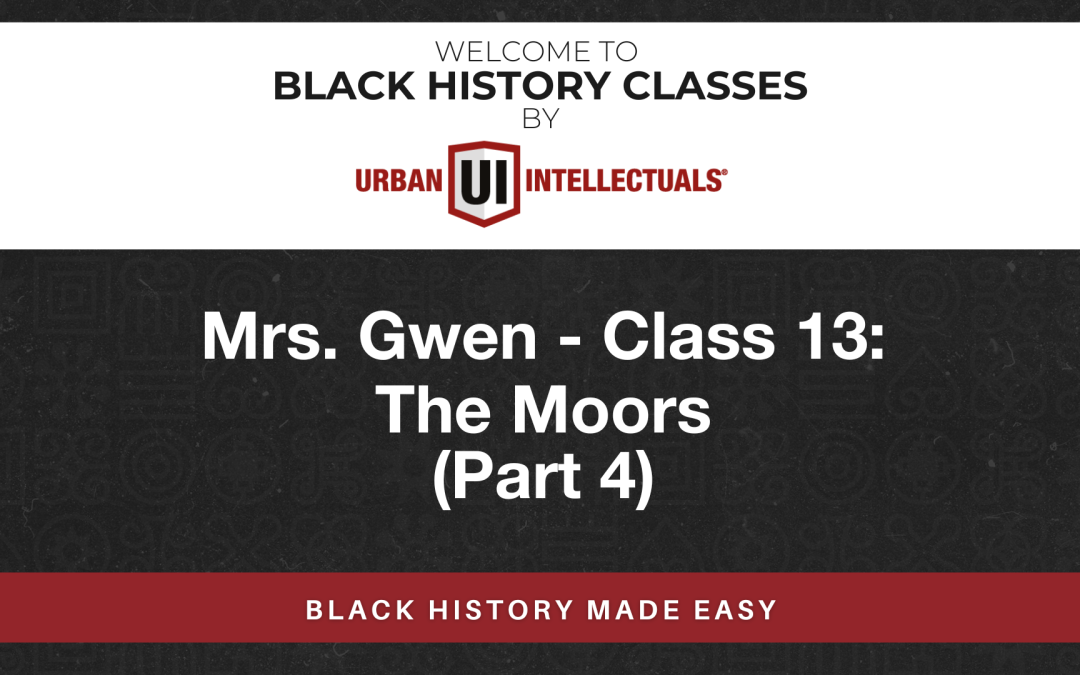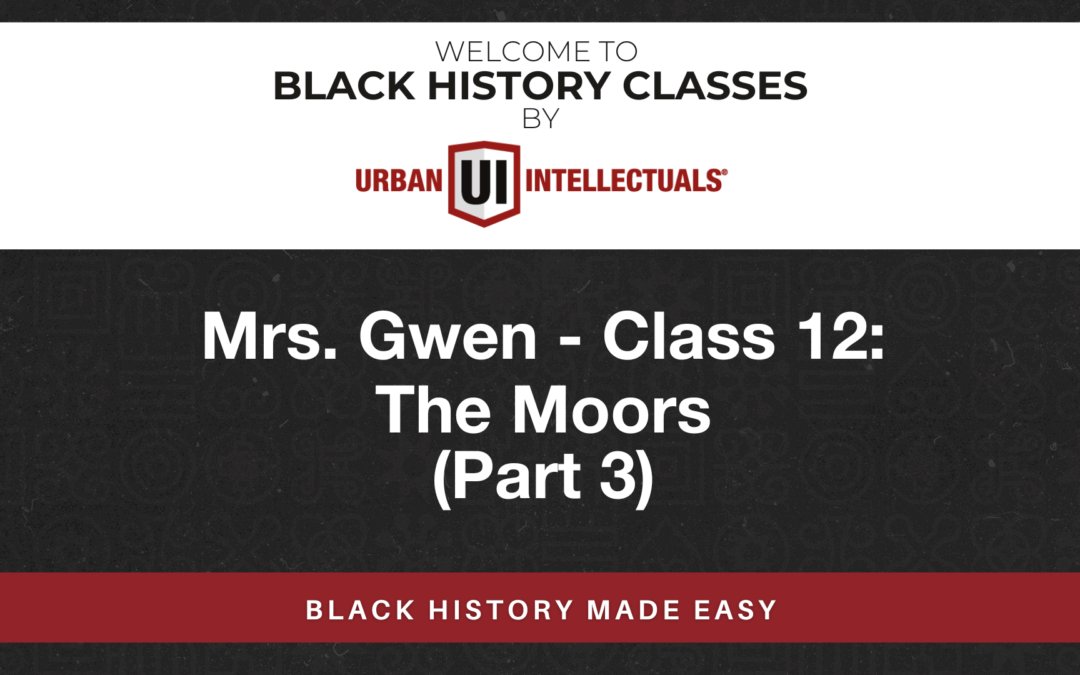
Class 17: Africans in Europe – Rulers and Others (Part 4)
CLASS OVERVIEW
Learn about the Black Caesar and Black Popes.
BEFORE YOU GET STARTED:
- Please check the materials that go with this lesson and print relevant materials.
- Also, check out the books and products the teachers use for further learning.
- Reach out to support@urbanintellectuals.com if you have any questions or issues.
- Some links may be affiliate links where we may earn a small commission from purchases.
Study Guide
THE BLACK EMPERORS OF ROME: ROMAN EMPEROR CARACALLA (KARA-KALLA)
Ivory Bust of Emperor Caracalla: British Muesum Emperor Caracalla – By Oguejiofo Annu
It was Bob Marley who sang that “2000 years of history could not be wiped away so easily.”
Lucius Septimius Bassianus (April 4, 188 – April 8, 217), commonly known as Caracalla, was a Black Roman Emperor who ruled from 211 to 217.
Caracalla was the eldest son of Septimius Severus, the first black African-born Emperor of Rome. But before Septimius Severus, there had been other Roman-born black Emperors of Rome. This story of the other black emperors of Rome will be explored in another write-up, but for now we focus on Caracalla.
Unlike his father Septimius Severus, Caracalla was born and raised in Italy. After the death of his father, he ruled jointly with his younger brother Geta until the latter’s death in 211.
Caracalla’s reign was notable for the Constitutio Antoniniana, granting Roman citizenship to freemen throughout the Roman Empire. That act laid a foundation for a peaceful multi-ethnic, multi-cultural Empire that Rome was to become.
Caracalla was mean towards the military incursions of the Goths, the Parthians and the Tartars, and he took brutal and extreme steps to suppress those invaders from Turkemenistan that were sorely troubling the cohesion of the Roman state.
A modern-day British historian Edward Gibbon, a descendant of the Goths, referred to him as, “the common enemy of mankind” because of the massacres he authorized in various parts of the empire.
In AD 213, Caracalla went north to the German frontier and subdued the Alamanni tribesmen who were causing trouble in the Agri Decumates. Due to that feat the Senate conferred upon him the title of “Germanicus Maximus”.
In AD 216, Caracalla took on the Parthians, a related tribe of the Goths, (the Parthians are the ancestors of the modern day Farsi-Iranians) who were causing problems on the southernmost flank of the empire. He tricked the Parthians into believing that he accepted a marriage and peace proposal, but then launched a series of blistering attacks on the Parthians when their guards were down. The thereafter ongoing conflict and skirmishes became known as the Parthian war of Caracalla.
The baths of Caracalla were the largest public baths ever built in ancient Rome. To put it in historical perspective, the central room of the baths was larger than St. Peter’s Basilica. It could easily accommodate over 2,000 Roman citizens. The bath house opened in 216, complete with libraries, private rooms and outdoor tracks. Caracalla ordered the building of those baths that are named in his honour.
Caracalla was assasinated by his body-guard while travelling from Edessa to continue the war against Parthian. He died on April 8, AD 217.
It is important that Africans should remember and celebrate Caracalla and his family line, i.e. the Severan Dynasty, because as black Africans, they were us and we are them.
By the dint of their heritage, they were part of our legacy, and their attainments represented part of our unfolding tale of greatness, of towering historical achievements, of courage, regency and inimitable genius.
The descendants of the Goths who conquered Rome, and now control historical narratives, would want you to believe that they were the real Romans. Through centuries of selective narration and faking of historical artefacts, they have largely succeeded in hiding the central role of the Africans in the defunct Roman empire.
They hide the facts that the Goths and the Parthians (the ancestors of the present day Germans, Russians, British, Spanish, Italians, and Iranians…the Aryans!!!) were the mortal enemies of the dark Ibero-Maurisian Romans, Greeks, Egyptians, Libyans, and Numidians, Mauritanians, and Saharans, the original owners of western Europe. They promote a fake and false notion that Rome was a so-called white created civilization affiliated with their Gothic ancestry. But this is a lie!
Black Roman Emperor Karakala The memorials of Caracalla, Septimius Severus, Geta, Maximinus, and a long line of Black, Moorish, African Emperors of Rome reject this lie. We must revisit the Roman Empire and salvage the Black ancestors and Emperors that have been covered by the global western academic conspiracy.
Again we chant, blessings on the memorial of the Severan Dynasty, they were the “naigre” Emperors of Rome, from Africa. We will be meeting more Black Roman Emperors in the next series.
African Popes
More info on Africans in the World
AFRICANGLOBE – During the selection of the pope, many scoffed at the idea that one of the 12 Black cardinals would be picked. However, it would not have been a first. There have been three African popes: Victor (183-203 A.D.Born in Africa, Victor was the son of a man named Felix and an unnamed mother. He continued to use his given name after becoming the pope and inspired two other men to also use the name, Victor. Before becoming the pope, Victor was a bishop. He likely worked in Leptis Magna, which was an ancient city in the Carthage region. He may have spent some time in Tripolitania too. The Church does not know much else about his early life. Gelasius (492-496 A.D.
Pope Gelasius I was the bishop of Rome from 1 March 492 to his death on 19 November 496. Gelasius was a prolific author whose style placed him on the cusp between Late Antiquity and the Early Middle Ages. His predecessor Felix III employed him especially in drafting papal documents. During his pontificate he called for strict Catholic orthodoxy, more assertively demanded obedience to papal authority, and, consequently, increased the tension between the Western and Eastern Churches.and Mechiades or Militiades (311-314 A.D.). Pope Miltiades (Greek: Μιλτιάδης, Miltiádēs), also known as Melchiades the African (Μελχιάδης ὁ Ἀφρικανός Melkhiádēs ho Aphrikanós), was the bishop of Rome from 311 to his death on 10 or 11 January 314. It was during his pontificate that Emperor Constantine the Great issued the Edict of Milan (313), giving Christianity legal status within the Roman Empire. The pope also received the palace of Empress Fausta where the Lateran Palace, the papal seat and residence of the papal administration, would be built.
All of them have been declared saints, that is, the Catholic Church feels certain that all three went to heaven
THE QUIZ
1. Name a musician who was of African descent.
Answer: Beethoven and Hayden
2. Name Five things about Saint Saint Nicholas.
Answer: 1. Black 2. Wealthy 3. A Bishop 4. Loved children 5. Generous










